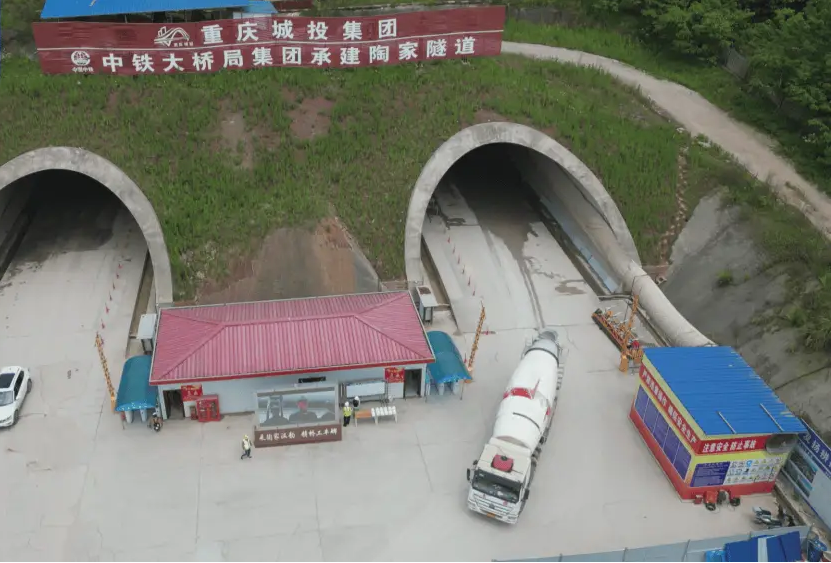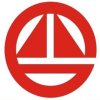Projects
Taojia Tunnel
Supplied Product: Alkali-Free Liquid Accelerator
The Taojia Tunnel Project is part of the urban expressway Fifth Horizontal Line under the main city’s comprehensive transportation plan. It is a key component of Chongqing’s expressway network. The project starts from the Taojia Interchange on the First Vertical Line and ends at the Lijiawan Interchange on the Second Vertical Line, with a total length of approximately 13.49 kilometers, including a tunnel section of about 3.631 kilometers. On May 14, 2024, the dual-bore breakthrough of the Taojia Tunnel was successfully achieved.
The construction of the Taojia Tunnel is divided into two contract sections. Section II (located in Dadukou District) aims for completion by May 2025. Section I (located in Jiulongpo District) has an extended construction period due to the addition of an integrated utility gallery and is expected to be completed by April 2026. The tunnel can only be opened to traffic once both sections are completed.
The overall alignment of the Taojia Tunnel project runs east-west, starting at the western side of the Ring Expressway at the junction of Jiulongpo and Jiangjin Districts. It passes through Taojia Town and crosses Zhongliang Mountain via an extra-long tunnel, extending through the Xiaonanhai and Tiaodeng areas, and finally connects to the Lijiawan Interchange on the Second Vertical Line. The total route length is approximately 20 kilometers.
The main route is designed to urban expressway standards, with a design speed of 80 km/h, and 6 to 10 lanes in both directions. Major engineering elements include 3 interchanges, 4 simple interchanges, and one extra-long tunnel (Taojia Tunnel, 3.6 km long). The total investment of the project is 9.45074 billion yuan, including 5.03041 billion yuan for construction and installation.
Project Highlights:
The Taojia Tunnel Project is part of the Fifth Horizontal Line of the main city’s expressway network, spanning approximately 20 km. It is essential for forming the backbone of Chongqing’s expressway system and increasing cross-mountain traffic capacity.
The tunnel route and scheme selection were conducted with scientific and reasonable planning. The treatment of adverse geological conditions was comprehensive and rational. Enhanced drainage and water-blocking strategies were adopted, especially in water-rich sections, using a block-first, drain-second approach. A three-dimensional drainage system comprising longitudinal, circular, and lateral drainage structures was implemented to adapt to local conditions.
The tunnel design emphasizes dynamic and digital design, using monitoring data to guide construction and improve design through feedback. Advanced technologies such as geological radar and pilot borehole verification were applied to solve geological challenges.
Full consideration was given to the natural and human environment and spatial layout. Through thorough investigation and analysis of route alignment, natural geography, local culture, and regional development, the project integrates a coherent landscape concept, creating a harmonious construction environment.


Trust and Worth
Our Clients













